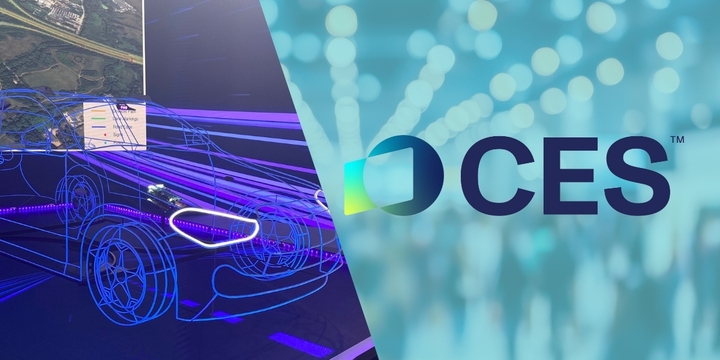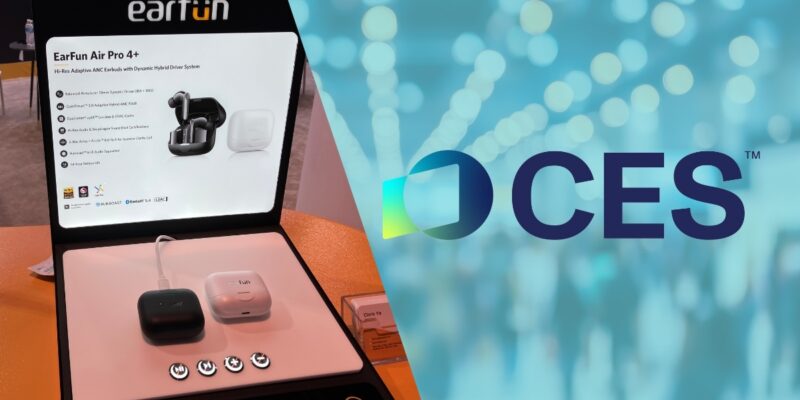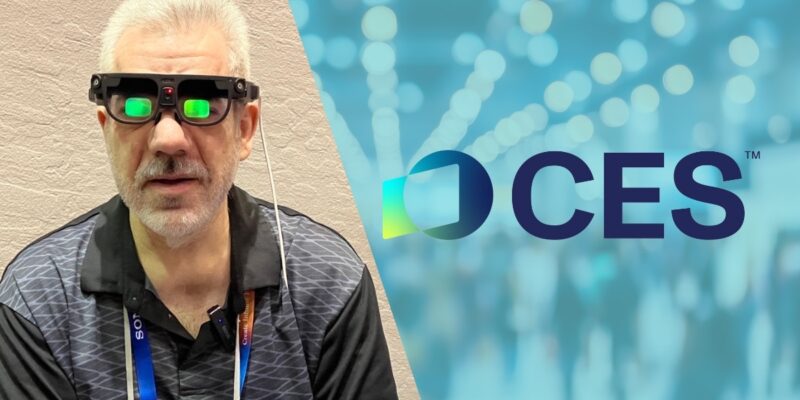The Current State of TV Displays at CES: A Tale of Buzzwords, Big Bets and ‘Video Alexas’

TVs have always been the stars of CES. Yet, behind the glitzy displays and slick marketing, the current state of TV technology reveals an industry in transition, with a shift from the LCD-dominated past toward a more flexible, durable future in direct-view LED (dvLED). As I see it here at CES, this is what’s happening in the TV world and why it matters.
One underappreciated fact about modern displays is that there are very few manufacturers of the actual display “glass” that goes into them. The giants of the industry — Samsung, LG and others — differentiate their offerings not by unique manufacturing but by layering proprietary technologies and marketing buzzwords onto shared underlying components. For example, LG’s upcoming QNED evo lineup for 2025 boasts terms like “Dynamic QNED Color Solution” and “True Wireless 4K.” These sound impressive but often confuse more than they clarify. In reality, they highlight the industry’s struggle to stand out in a market where raw innovation has plateaued. While terms like “quantum dots” have some technical merit, the constant invention of new terminology can leave consumers lost in a sea of marketing speak.
If the trajectory of display technology is any indication, the LCD era is nearing its sunset. While improvements like those in LG’s QNED lineup keep LCDs competitive, the real excitement is in the emerging direct-view LED (DVLED) market. As I discussed in my recent TalkingPointz article, DVLED offers unmatched flexibility, superior longevity, and the potential to revolutionize everything from consumer TVs to large-scale AV and signage installations. Unlike LCDs, DVLED technology allows for truly seamless modular designs, brighter screens and more robust durability. Over the next few years, as production scales up and costs come down, many users — especially those seeking premium displays — are likely to embrace DVLED. This could mean a fundamental shift in how we think about displays, as TVs begin to resemble high-end technology hubs rather than just “bigger, brighter boxes.”
One of the more intriguing industry moves revealed recently was Walmart’s acquisition of Vizio, which the retail giant hopes to transform into a platform for recurring revenue through smart TV features. According to CNN, Walmart plans to leverage Vizio’s smart platform to build an ecosystem of advertising, subscription services, and exclusive apps.This strategy is part of a broader trend where smart TVs are increasingly seen not as appliances but as digital gateways for monetization. Whether Walmart can succeed in a market dominated by giants like Roku, Google and Amazon remains to be seen, but the move underscores the industry’s push toward recurring revenue models over hardware
profits.
LG’s press conference was less about TVs and more about their vision for the future. They announced something they call Affectionate Intelligence, a bold vision blending AI with cutting-edge innovation to transform daily life. The company emphasized its commitment to sustainability, stating that environmental responsibility is core to its development strategy. One standout moment was the unveiling of LG’s collaboration with Microsoft, aimed at reimagining AI solutions for energy-efficient data centers and smarter infrastructure. LG’s QNED evo lineup for 2025 showcases innovations in both its high-end LCDs and its celebrated OLED technology. Highlights from the QNED lineup include Dynamic QNED Color Solution, a proprietary color gamut enhancement replacing quantum dots, promising “pure colors” from backlight sources; AI-enhanced Everything, with 70% improved AI processors for better upscaling and 9.1.2 channel sound conversion; and True Wireless Technology, continuing LG’s “cord-cutter” approach with wireless 4K technology, allowing viewers to transmit high-definition content via a Zero Connect Box at 144Hz. Additionally, LG’s 77-inch transparent OLED TV, which grabbed attention for its blend of aesthetics and practicality, continues to push boundaries with its transparent display and innovative features. While its $60,000 price tag keeps it out of reach for most, it demonstrates LG’s forward-thinking design. Next-generation TVs also took center stage, boasting the Alpha5 AI Chip and wireless 4K technology for zero-latency gaming, complete with G-Sync and AMD FreeSync Premium certifications.
Hisense also steered away from a primary message about displays, discussing their “AI Your Life” theme, and emphasizing the brands they’ve purchased and incorporated, as well as partnerships with major FIFA and NBA. sporting events they’ve added. It’s almost like TVs are an unpopular message.
This year’s announcements showcase an industry grappling with its present while glimpsing its future. As LCD technology reaches its zenith, the rise of DVLED promises to redefine the TV experience. At the same time, the Walmart initiative views display hardware as bigger, brighter Amazon Alexa devices — where profit is supposed to come from future consumer interactions, not the sale of the device. That hasn’t worked out really well for Amazon to date, so the jury is out if it will work better for video than it has for audio.





